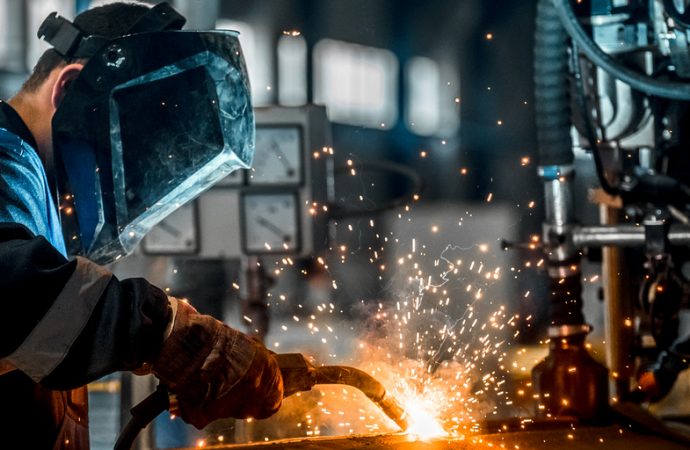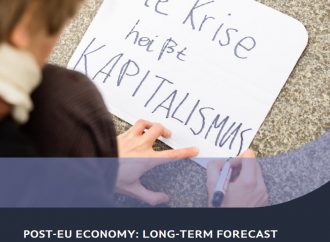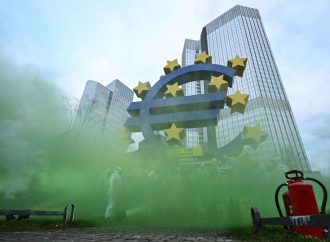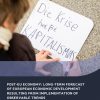Deindustrialization in Europe is a trend characterized by a reduction in industrial production volumes and the declining share of industry in added value.
Deindustrialization in Europe is a trend characterized by a reduction in industrial production volumes and the declining share of industry in added value. This trend began to emerge back in the 1970s and is now entering a critical phase. The current wave of deindustrialization in Europe has been triggered by an energy crisis, resulting in high price volatility, supply chain unreliability, and limited energy supply.
This has led to numerous bankruptcies among small and medium-sized businesses and posed existential challenges for energy-intensive industries, whose economic stability had already been undermined by carbon emissions reduction goals. The tightening of energy supply and soaring energy prices have catalyzed the relocation of businesses from the EU, created a shortage of skilled labor, and led to an exodus to the United States due to the IRA law, exacerbating an unfavorable regulatory environment for industry.
The task of accelerated transition from fossil fuels to renewable sources, which generate cheap energy, is strategically important. However, the chances of its implementation within the timeframe necessary to preserve the EU’s industrial potential are extremely unlikely and are fraught with risks associated with the supply of critical raw materials, up to 98% of which are sourced from China. Diversification of supplies is complicated by the protectionist policies of EU member states, high deficits, rising prices, and the prospect of increased inter-industry and international competition for CRM (critical row materials), especially REEs (rare earth elements), which are indispensable for modern solar and wind generation technologies, as well as energy storage batteries. Therefore, China’s ability to sabotage the energy transition and exert pressure through supplies carries threatening risks to the energy security of the EU. China’s low environmental standards in extraction and its ambition for a complete production cycle of energy generation equipment cast doubt on the competitiveness of the EU’s renewable energy industry.
The decline of the EU’s industrial potential in metallurgy and chemical industry increases its vulnerability and dependence. Moreover, saturation of imports with Chinese raw materials inflicts irreversible damage and significantly increases CO2 emissions compared to similar European production, necessitating a balance between the interests of domestic producers and the goal of achieving net-zero emissions.
Achieving zero emissions without proper support for industries, amid an energy crisis and resource scarcity, is likely to lead to the deindustrialization of metallurgy, which is critical for equipment production and rare earth metals and critical raw materials processing. The risks of derailing the decarbonization program by 2050 are high. The implementation of secondary processing is a measure to mitigate shocks due to a resource shortage. To achieve this goal, it is necessary to prioritize subsidizing the metallurgical industry, which is experiencing a serious decline and production outflow abroad. Recent crises and the war in Ukraine have demonstrated the fragility of supply chains, making strategic reindustrialization imperative.













